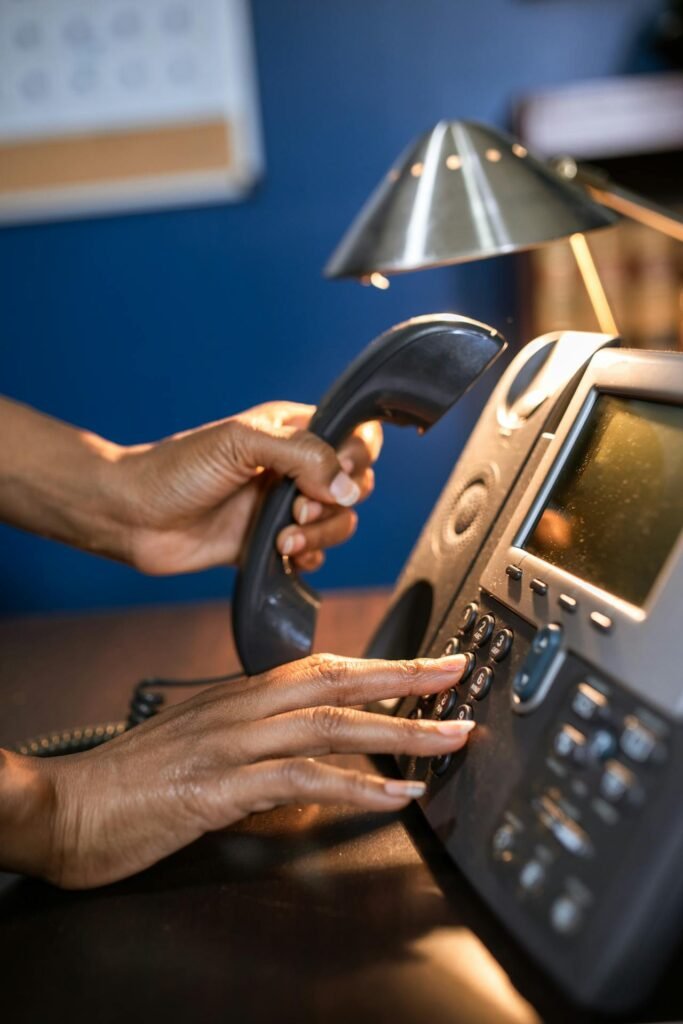Robocalls have become a modern-day nuisance, bombarding our phones at all hours. The 559-522-6884 robocaller warning is a specific alert that highlights the significance of these unsolicited calls. But what exactly is this warning, and how can you protect yourself? This article will delve into the intricacies of robocalls, their impact, and the measures you can take to safeguard your privacy.
What is 559-522-6884 Robocaller Warning?
The 559-522-6884 robocaller warning serves as a specific alert against a notorious robocall number. This warning aims to inform and educate the public about the dangers and annoyances associated with calls from this number. By understanding this warning, you can better prepare yourself to handle such calls effectively.
The Rise of Robocalls
Robocalls have seen a dramatic rise over the past decade. With advancements in technology, robocallers have found new ways to reach millions of people. Initially, robocalls were used for legitimate purposes, such as automated reminders and emergency alerts. However, the landscape has shifted, and now, many robocalls are scams or spam.
How Robocalls Work
Understanding the technology behind robocalls can help in combating them. Robocalls use automated dialing systems that can place thousands of calls per minute. These systems often use voice-over-IP (VoIP) technology to disguise the caller’s identity, making it difficult to trace the call back to its origin.
Common Tactics Used by Robocallers
Robocallers employ a variety of tactics to deceive their targets. Some of the most common strategies include:
- Spoofing: Altering the caller ID to appear as a local or familiar number.
- Urgent Messages: Creating a sense of urgency to prompt immediate action.
- Phishing: Attempting to gather personal information by posing as a trusted entity.
Impact of Robocalls on Consumers
The impact of robocalls on consumers is profound. Financial losses due to scams can be devastating, but the emotional toll is equally significant. Many individuals report increased anxiety and stress due to the constant barrage of unwanted calls.
Identifying Robocalls
Being able to identify robocalls is the first step in protecting yourself. Here are some tips:
- Unknown Numbers: Be cautious of calls from unknown numbers.
- Automated Voices: Most robocalls use pre-recorded messages.
- Too Good to Be True: If an offer sounds too good to be true, it probably is.
Legal Measures Against Robocalls
Governments and regulatory bodies have implemented various measures to combat robocalls. In the United States, the Federal Trade Commission (FTC) and the Federal Communications Commission (FCC) have set strict regulations. The Telephone Consumer Protection Act (TCPA) is one such law that aims to reduce the number of unwanted calls.
Reporting Robocalls
Reporting robocalls is crucial in the fight against them. You can report unwanted calls to organizations such as the FTC and your phone service provider. This helps authorities track and take action against robocallers.
Tools to Block Robocalls
Several tools and apps are available to help block robocalls. Popular options include:
- Hiya: Provides caller ID and blocking features.
- Nomorobo: Automatically blocks known robocall numbers.
- Truecaller: Identifies and blocks spam calls.
Case Studies
Real-world examples can shed light on the severity of robocalls. One notable case involves an elderly couple who lost thousands of dollars to a robocall scam. Their story highlights the importance of awareness and vigilance.
Conclusion
Robocalls, especially those flagged by the 559-522-6884 warning, are a significant issue in today’s digital age. By understanding the tactics used by robocallers, the impact of these calls, and the measures you can take to block and report them, you can protect yourself from unwanted intrusions. Stay informed, stay vigilant, and use the tools at your disposal to combat robocalls effectively.

